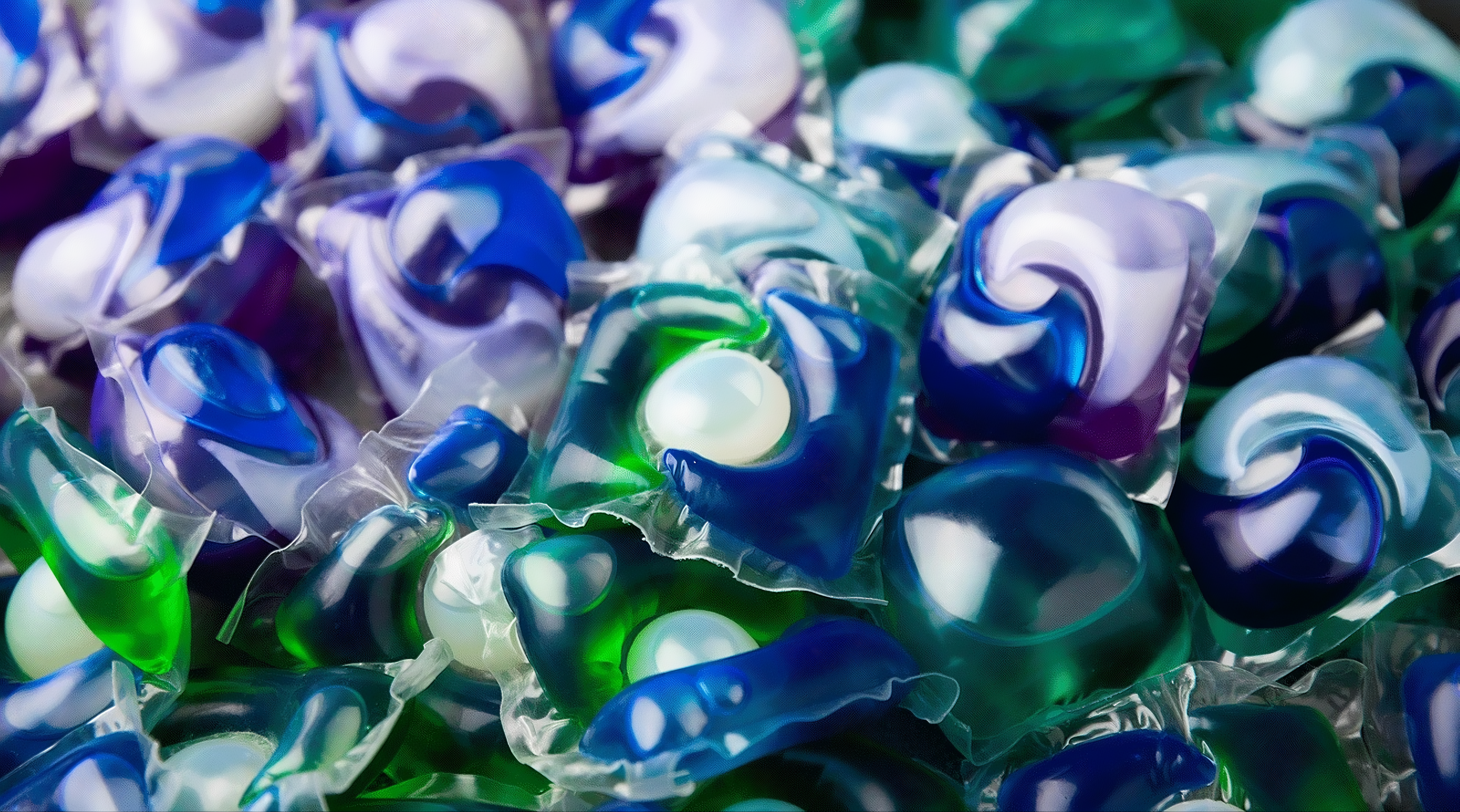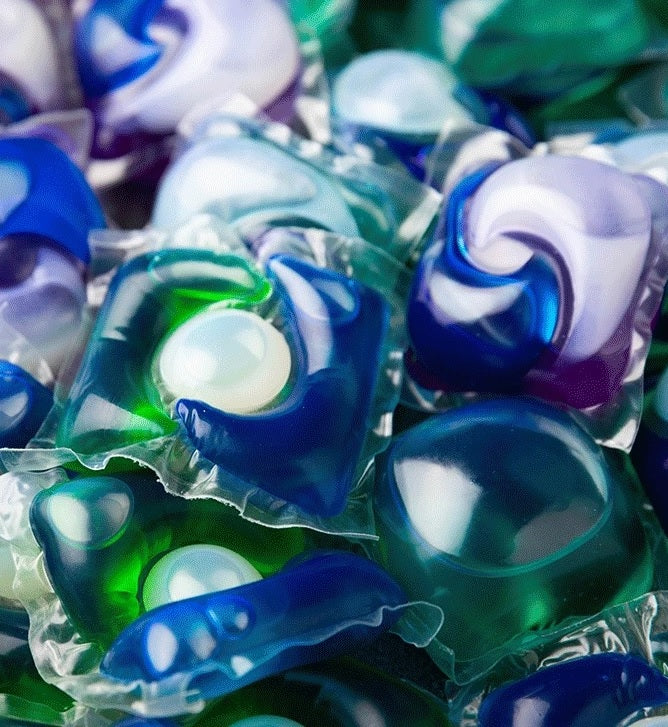What is PVA?
Polyvinyl Alcohol (PVA), a synthetic plastic polymer, is ubiquitous in our daily lives, present in various household products such as dishwasher and laundry pods and sheets. It serves as a thin, single-use plastic wrapping or is woven into the laundry sheets themselves. In the United States, the consumption of PVA-wrapped dishwasher and laundry pods exceeds 20 billion annually. Despite its seemingly innocuous nature, recent research published in the International Journal of Environmental Research and Public Health sheds light on PVA's complex behavior.
Is PVA considered a plastic?
Absolutely. Polyvinyl Alcohol, sometimes denoted as PVOH, is a synthetic plastic polymer extensively used to create thin layers of plastic wrapping, including the coverings of dishwasher and laundry pods. While designed to dissolve, PVA doesn't readily biodegrade, with over 75% persisting in waterways and soil post-dissolution, as per the study findings.
Does PVA undergo biodegradation?
Although PVA is engineered to dissolve in water and theoretically can biodegrade, the study underscores the highly specific conditions required for complete biodegradation. The presence of particular microorganisms and enzymes, coupled with sufficient time within wastewater treatment facilities, is crucial. However, most U.S. wastewater treatment facilities lack these necessary conditions, impeding PVA's full degradation.
The Path of PVA: From Home to Release
The journey of PVA commences within households, where PVA-wrapped pods are flushed down drains, entering wastewater treatment plants (WWTPs) or remaining untreated. Approximately 61% of PVA reaches WWTPs, while 37% remains untreated. In WWTPs, the process unfolds in phases:
Phase 1: Primary treatment
This stage involves the separation of large solids from the incoming water. Dissolved PVA, due to its hydrophilic properties, isn't effectively removed, allowing it to persist into subsequent phases.
Phase 2: Secondary treatment
While this phase is where biodegradation ideally occurs, the necessary bacteria and microbes are often absent or insufficient. Even if present, the conditions for PVA degradation are rarely met for an adequate duration.
Phase 3: Tertiary treatment
The final phase includes disinfection and filtration, offering a potential opportunity for remaining PVA degradation. However, the technology required for this process is costly and seldom utilized in U.S. WWTPs.
Following treatment, wastewater containing PVA is discharged into the environment as water or biosolids. Approximately 65% of released PVA enters waterways or soil.
Environmental Implications of PVA
While research on PVA's environmental impact is in its nascent stages, it's evident that PVA contributes to plastic pollution in waterways and soil. Further investigation is imperative to understand its specific repercussions. Nonetheless, the documented presence of intact or partially degraded PVA from dishwasher and laundry pods underscores the urgency of addressing this environmental concern.


